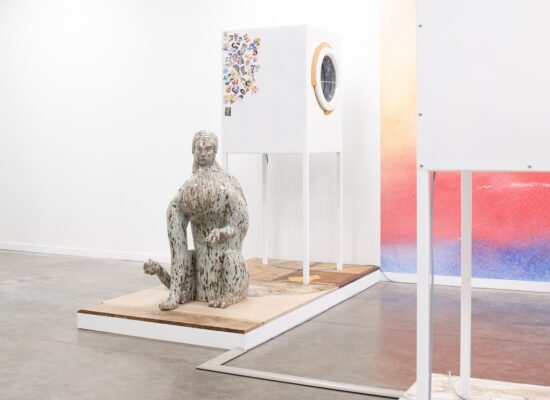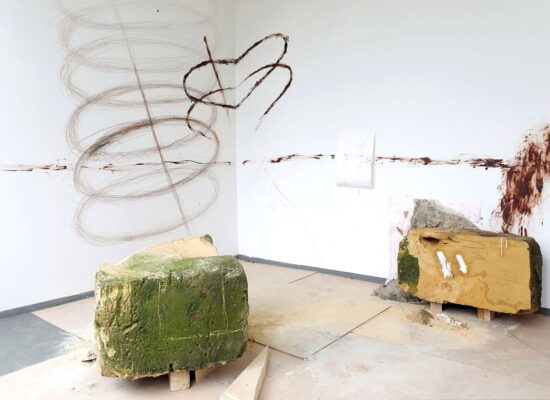How do you describe your own art practice?
I’m a visual artist and filmmaker working at the intersection of movement, sonic and contemporary subcultures. My practice also explores the body as a site of resistance and communication – how it navigates systems of power, and how it holds memory, rhythm, and refusal.
With a background in sociology, I’m drawn to the socio-political forces that shape visibility, expression, and the framing of certain bodies. The camera’s gaze is inherently White, and I’m interested in how it might be challenged – how we can repurpose, repackage, and reframe the visual ideologies we’ve been inebriated by.
Through audio-visuals, I look for moments where control slips, where movement interrupts, where new languages might emerge.

Which question or theme is central in your work?
I keep returning to the body – how it moves, how it carries memory, how it speaks when words fall short.
What can the body say when it’s watched, when it’s framed, when it’s expected to behave a certain way? People’s relationship to resistance is universal. I’m drawn to that space – where expression seeps through the cracks of surveillance and control. How can we shift the lens that so often limits how certain bodies are seen – sexualised, racialised, dominated, made small?
We’re surrounded by images – looped, repeated, flattened – of bodies in pain, in performance, in positions not chosen. I want to interrupt that loop. To create visual languages where the body isn’t a symbol of suffering, but of resistance, vitality, opacity.
It’s not about offering answers, but about making space – for bodies to move how they need to, and maybe, to speak in ways we haven’t yet learned to understand.

What was your first experience with art?
MTV and Hype Williams. I watched it religiously as a kid and thought real life was going to be like his music videos. Music videos from the ’90s and early 2000s were another level of audiovisual art.
I also remember Shakira’s La Tortura video being seared into my brain.
Maybe that’s what sparked my interest in movement today.

What is your greatest source of inspiration?
Home videos, politics, and listening to your elders.
Being severely on YouTube also helps.

What do you need in order to create your work?
Doing things and experiencing people, life, pain, and joy that have nothing to do with “work.” I find inspiration in conversation, in mundanity, in vulnerability.
I need community to inspire and create my work, so I prioritise nurturing the relationships around me first.

What work or artist has most recently surprised you?
Not recently, but what will always move me is Arthur Jafa’s Love is the Message, The Message is Death. It continues to be a deep source of inspiration in my practice.
His work, and his philosophy – that every image carries intentionality and political weight – resonates deeply. I return to this idea often: visual language is not neutral, and the artist holds responsibility in how it’s shaped.




